On April 20, 2022, Lexus launched the new all-electric RZ, which competes with the Mercedes-Benz EQB, Audi Q4 e-tron, Cadillac Lyriq, and BMW iX3. It is expected to enter the domestic market in the fourth quarter of 2022 and is positioned similarly to NX in the Lexus product line.
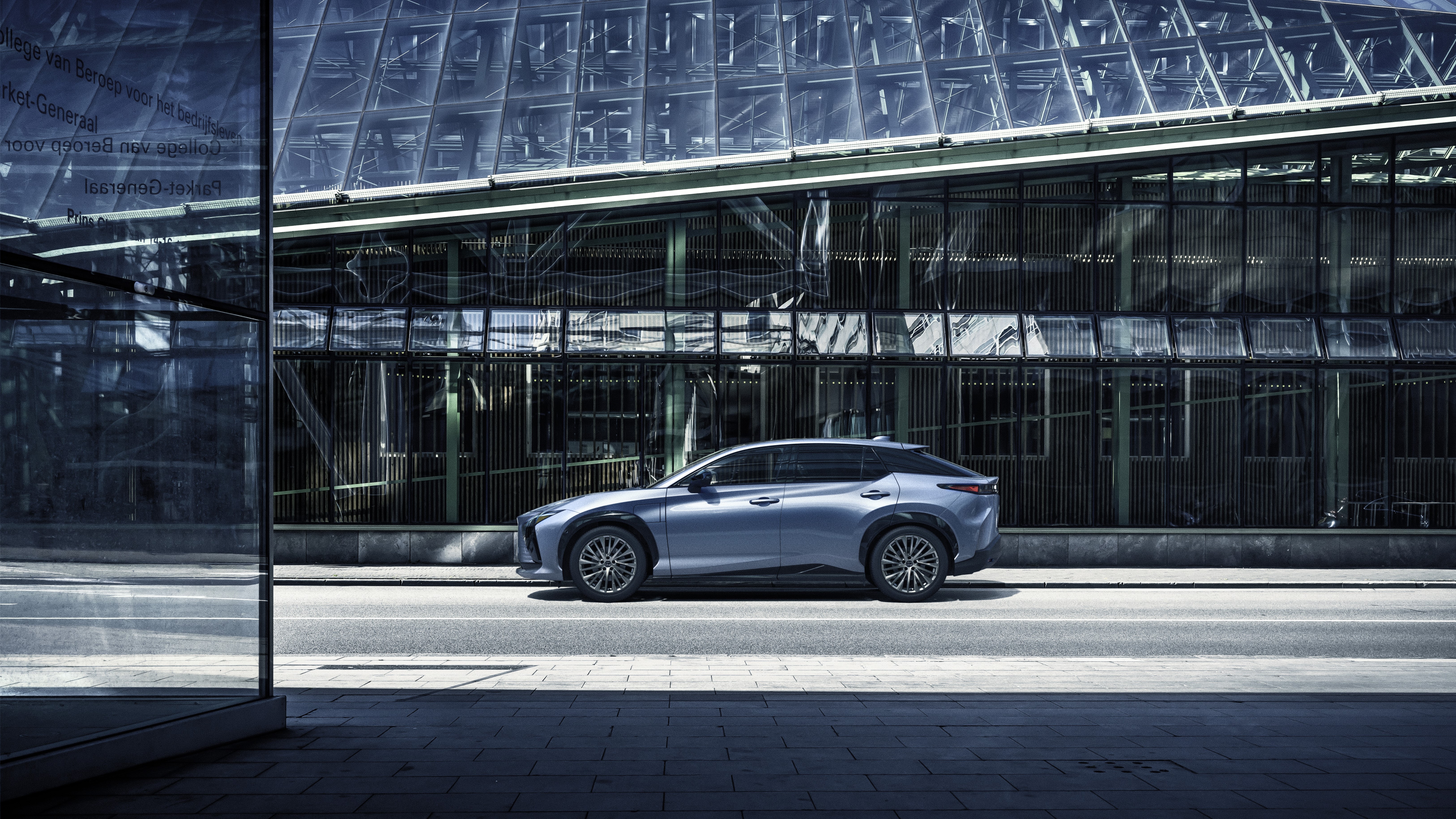
-
Body size: 4,805 * 1,895 * 1,635 mm with a wheelbase of 2,850 mm;
-
Based on the e-TNGA pure electric platform, equipped with a 71.4 kWh lithium-ion battery and silicon carbide power semiconductor, the maximum range under EPA conditions is 380 km, supports 150 kW DC fast charging, and can charge the battery from 0% to 80% in 30 minutes. The battery capacity can remain 90% within 10 years;
-
The DIRECT4 all-wheel-drive system uses a front 150 kW and rear 80 kW motor with a 5.6-second acceleration from 0 to 100 km/h; fitted with MacPherson front suspension, multi-link rear suspension, and frequency reactive dampers (FRD);
-
Uses a steer-by-wire system that eliminates the mechanical connection between the steering wheel and the front wheels, with a maximum steering angle of 150 degrees;
-
Equipped with an 8-speaker audio system that supports active noise reduction.


The exterior design still retains the spindle grille style of the Lexus family, and the grille uses active air intake design. When open, it introduces air to cool the battery pack, and when closed, it reduces air resistance. RZ also has a roof spoiler and a ducktail spoiler to reduce turbulence caused by air separation from the body and provide downforce.
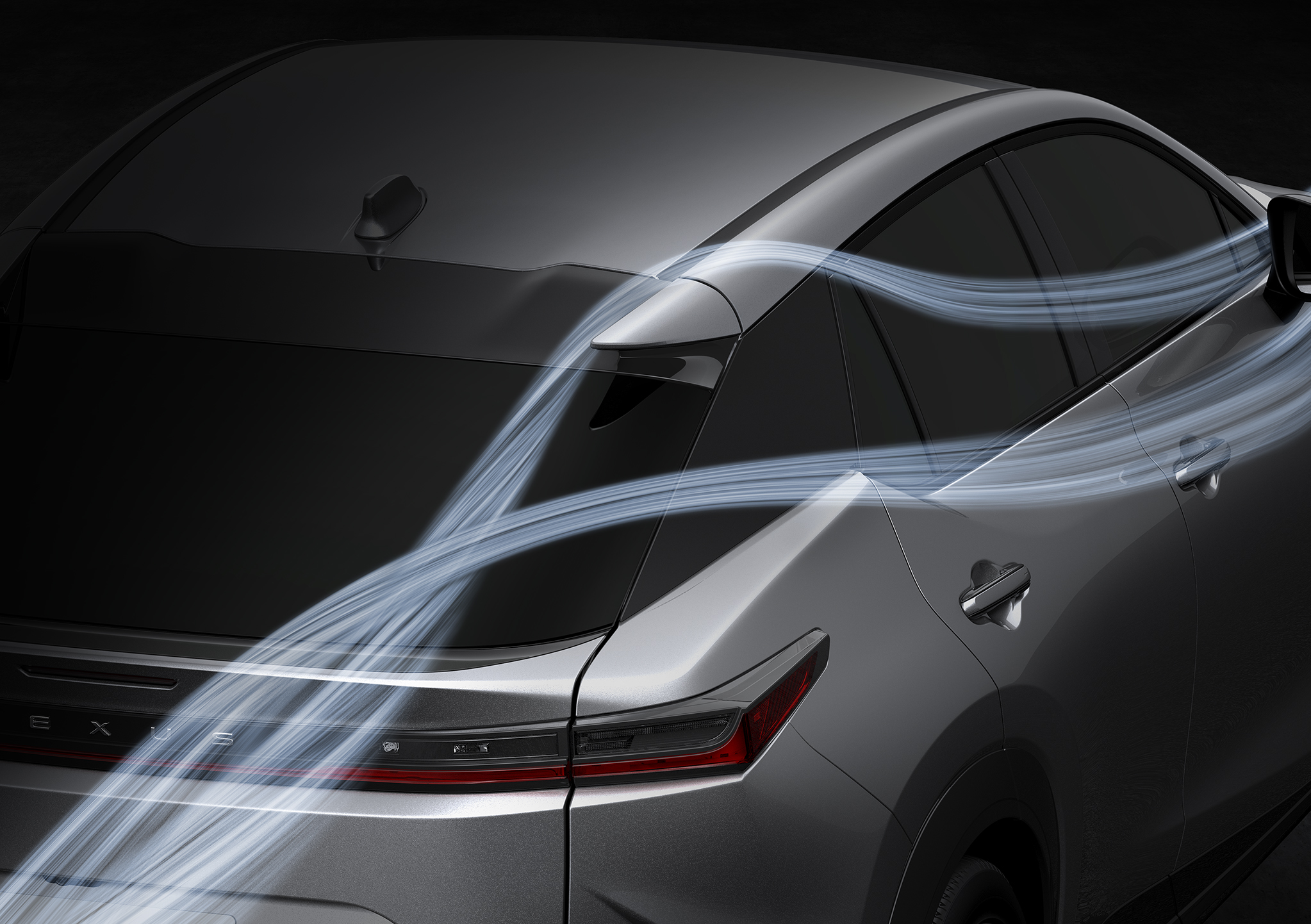 On the paper specs, the most interesting features of the Lexus RZ are the steer-by-wire system and the DIRECT4 all-wheel drive system. The steer-by-wire system sends steering control signals between the steering wheel and the tires through electric signals, allowing the driver to steer up to about 150 degrees. The DIRECT4 all-wheel drive system can distribute the driving force at all times: the front and rear driving force can be distributed between 60:40 and 40:60, and the driving force can be distributed between 75:25 and 50:50 when steering. When exiting a turn, the torque distribution of the rear wheels can be further increased between 50:50 and 20:80.
On the paper specs, the most interesting features of the Lexus RZ are the steer-by-wire system and the DIRECT4 all-wheel drive system. The steer-by-wire system sends steering control signals between the steering wheel and the tires through electric signals, allowing the driver to steer up to about 150 degrees. The DIRECT4 all-wheel drive system can distribute the driving force at all times: the front and rear driving force can be distributed between 60:40 and 40:60, and the driving force can be distributed between 75:25 and 50:50 when steering. When exiting a turn, the torque distribution of the rear wheels can be further increased between 50:50 and 20:80.

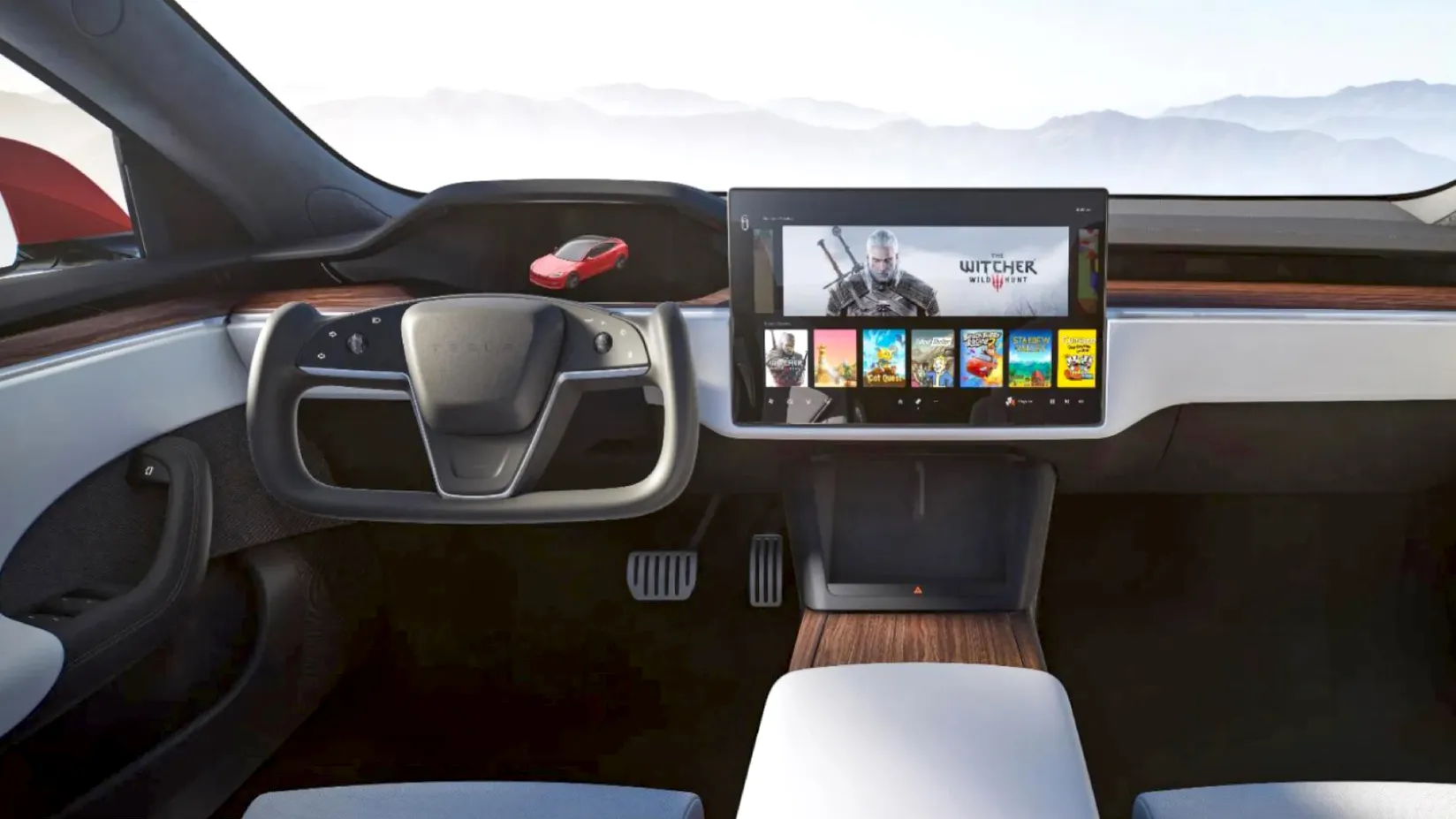
For the interior design, the RZ adopts the concept of “reins”, which provides a better driving vision through the butterfly-shaped yoke-style steering wheel and the head-up display (HUD) in combination with the steer-by-wire system and DIRECT4 all-wheel drive system. The steering becomes more intuitive: the steering wheel controls the position of a virtual point in front of the vehicle, and the vehicle will follow the position of this virtual point.
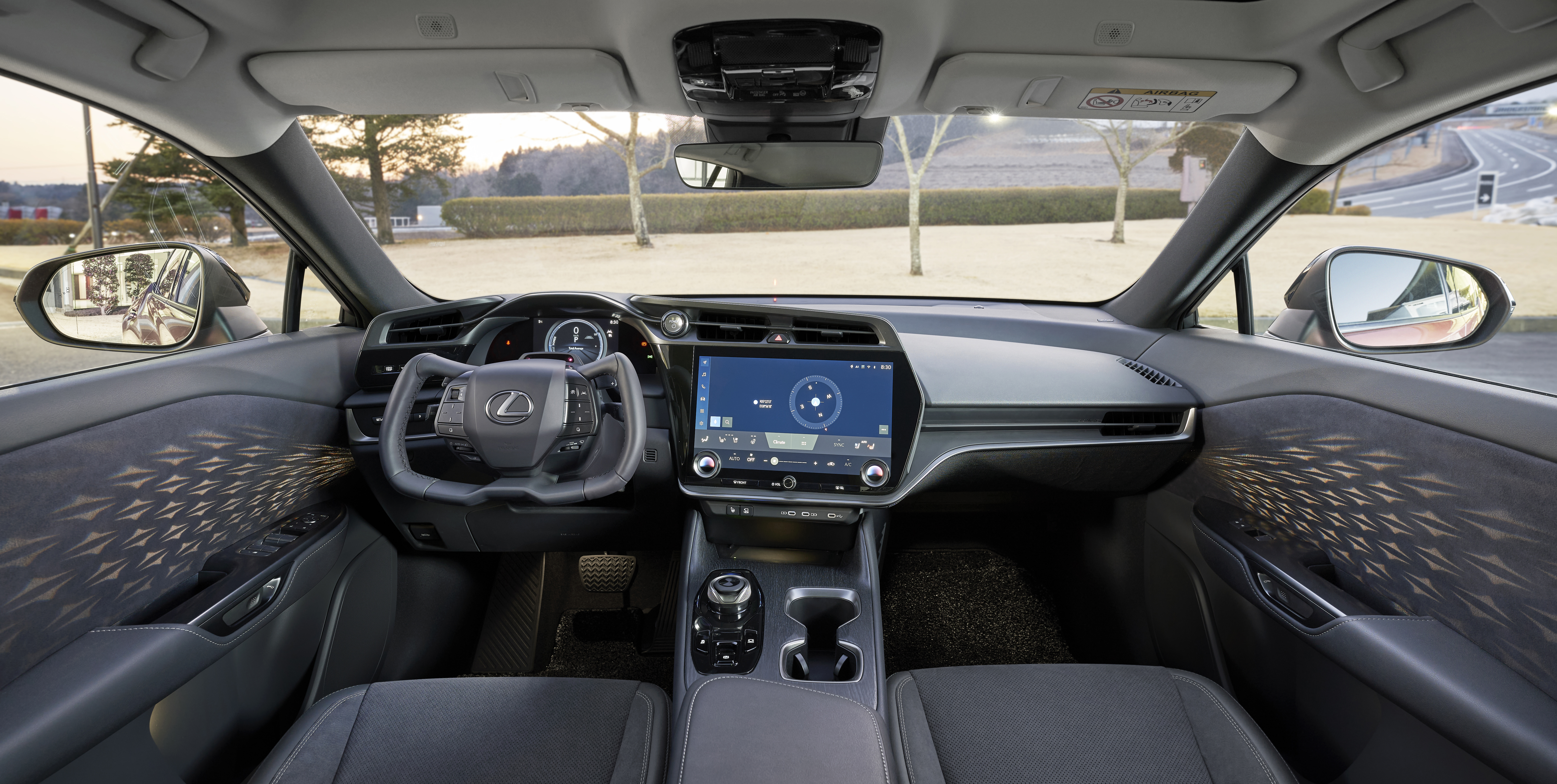
The 14-inch touch screen of the RZ uses a brand new Lexus infotainment system, which supports Apple CarPlay, Android Auto and “Hey Lexus” voice wake-up. RZ also offers heated legs for front passengers, a rear seat spacing of up to 1,000mm, and supports three levels of seat heating. For rear passengers, RZ provides Type-C charging ports and a 220V AC socket with a maximum output power of 150 W.
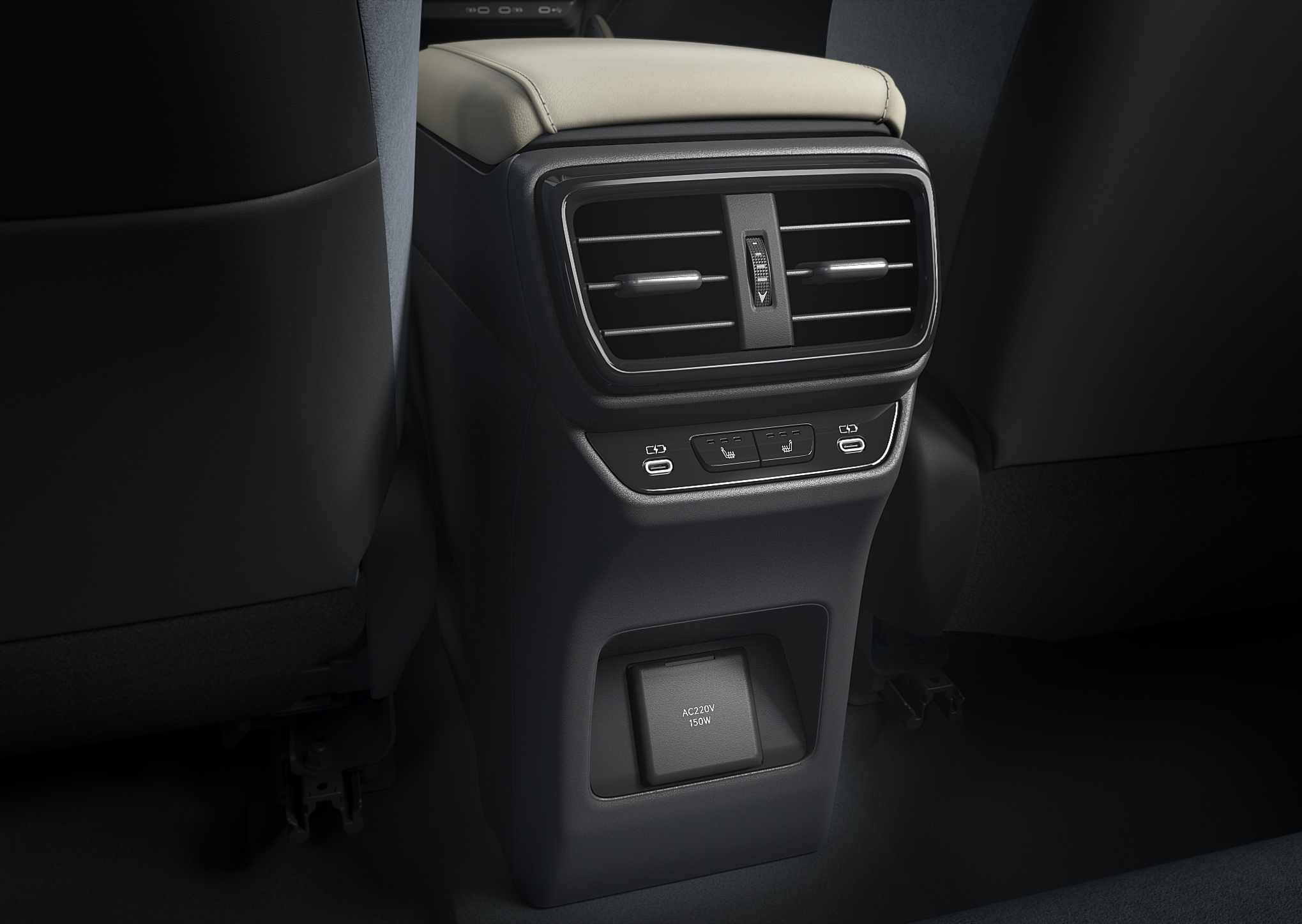
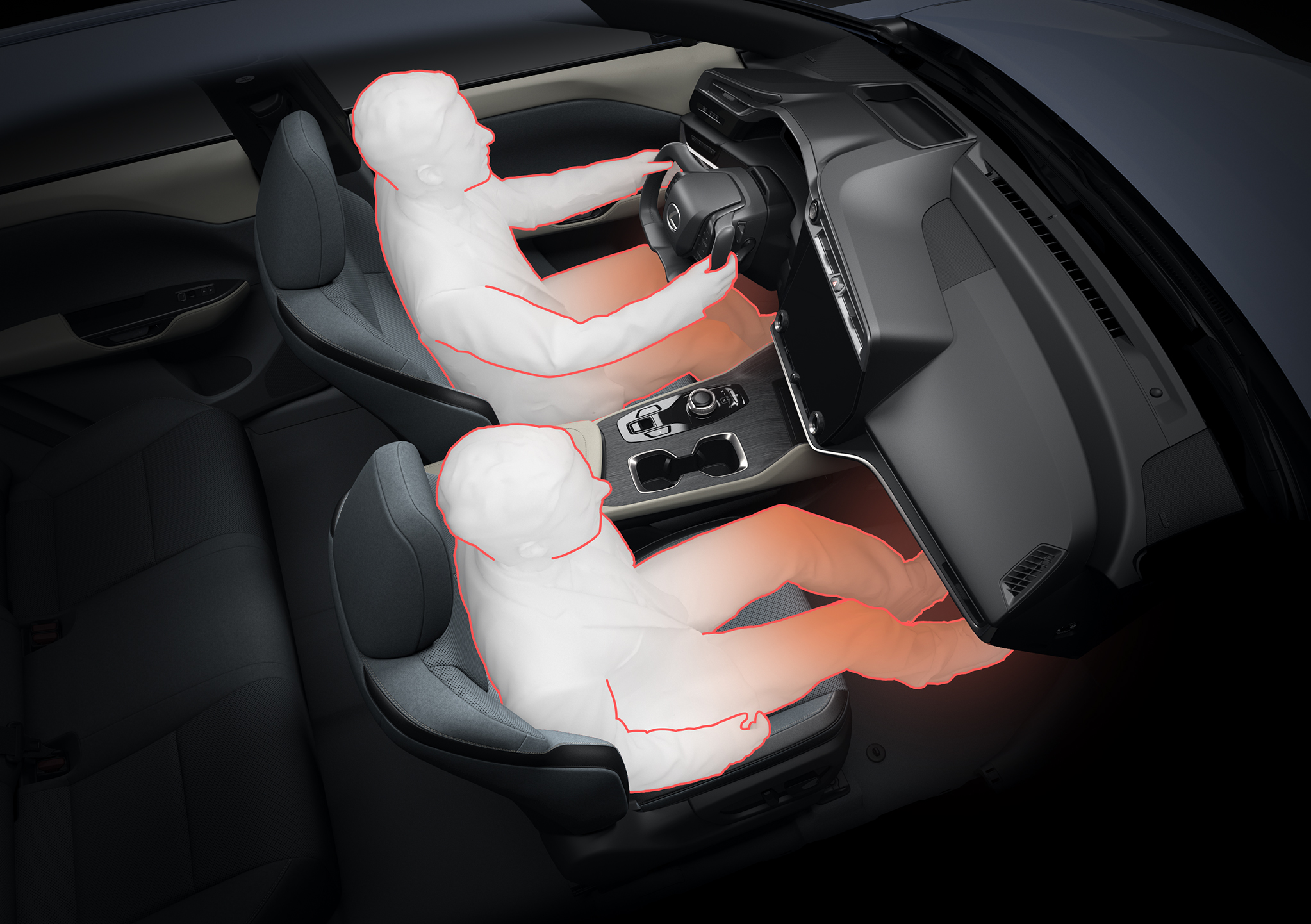
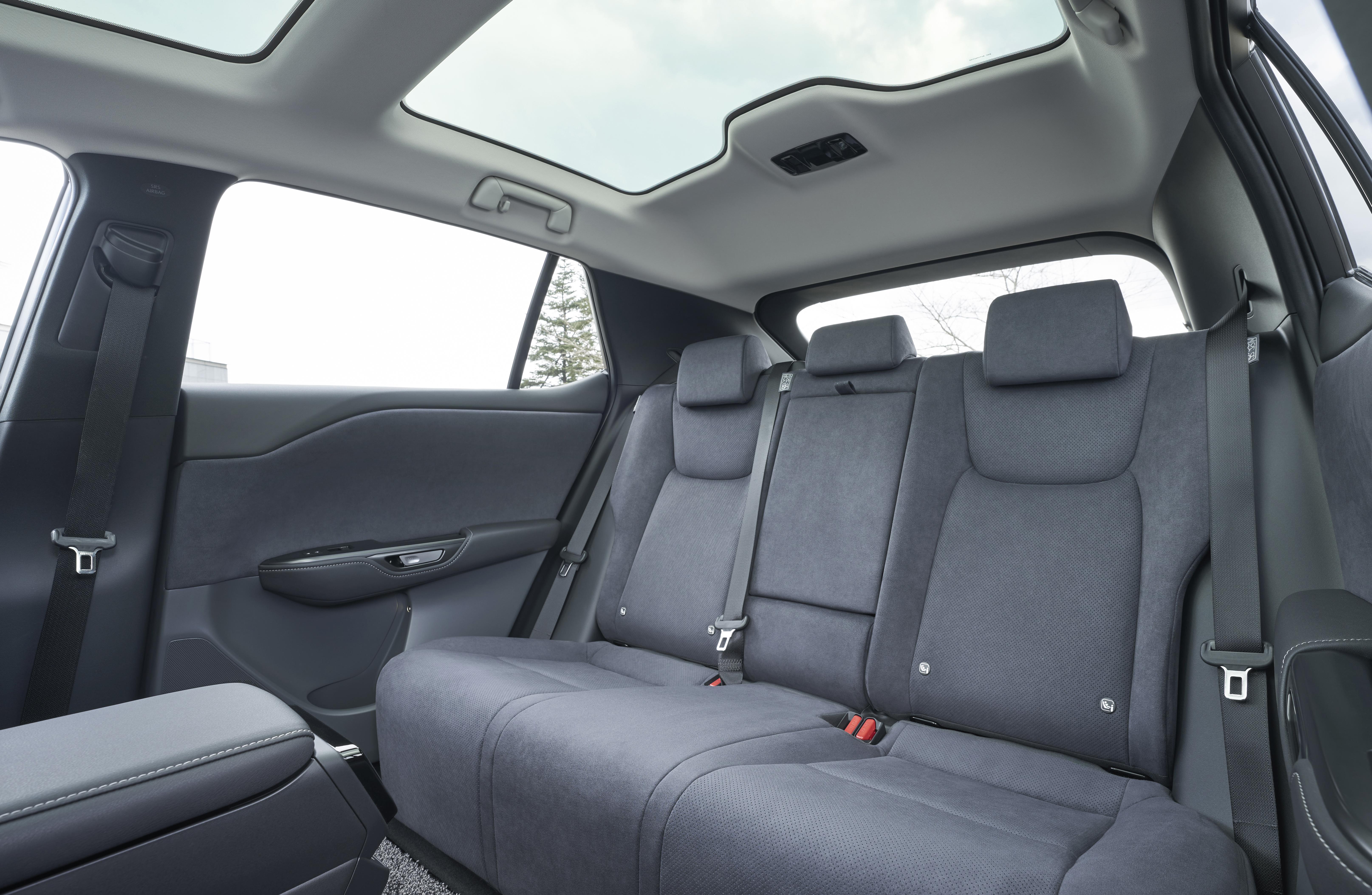
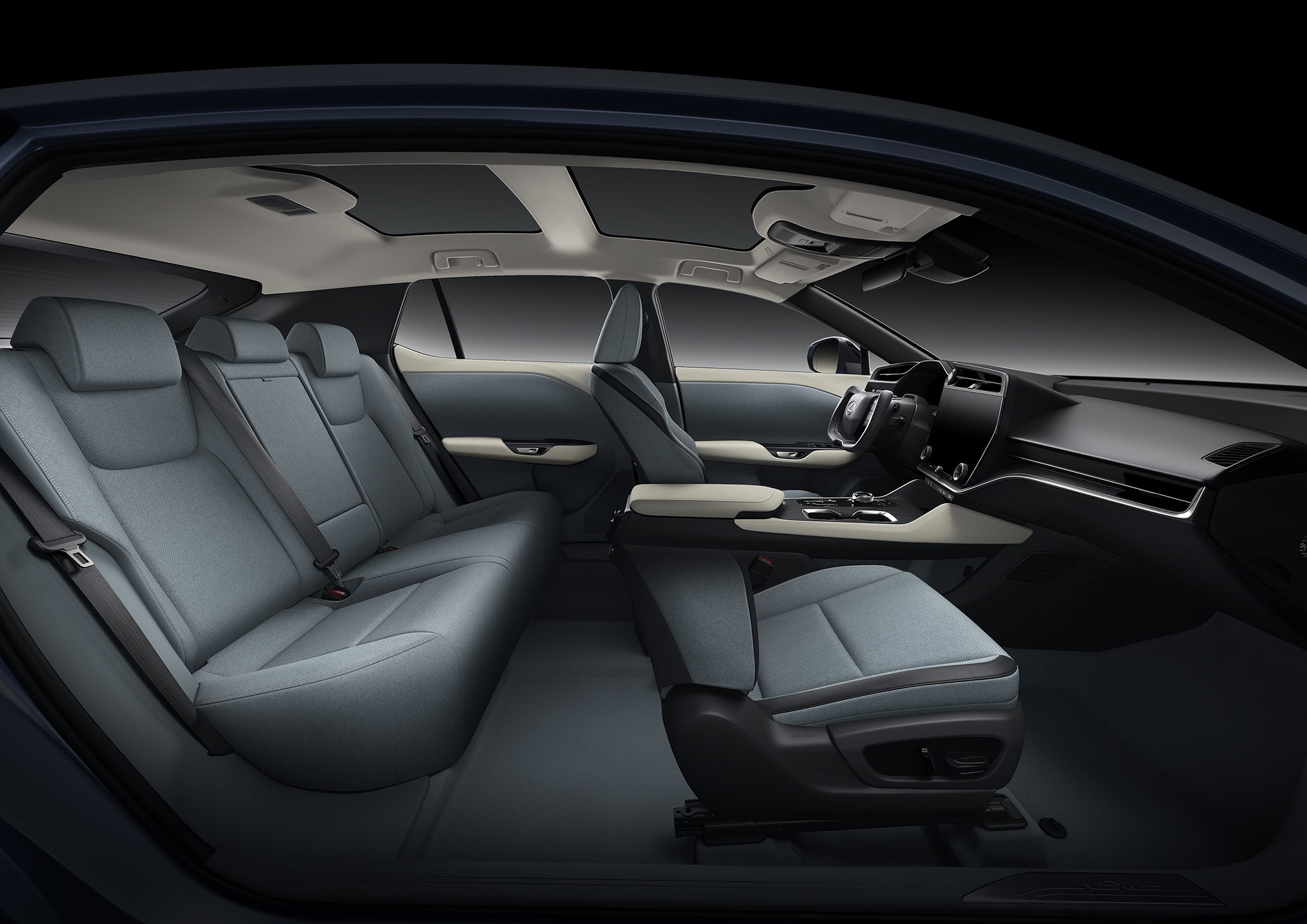
RZ’s panoramic sunroof uses electrochromic glass. According to the official demonstration, there is almost no delay in switching between fully transparent and frosted matte.


In terms of driving assistance, RZ is equipped with LSS+ 3.0 hardware, equipped with millimeter-wave radar and front-view camera, supporting driver attention detection, pre-collision system (PCS), dynamic radar cruise control (DRCC), lane departure warning (LDA), emergency driving stop system (EDSS), and automatic parking in a form that allows the front of the car to face inward.
The starting price of Lexus RZ in the United States is expected to be around 50,000 US dollars. For reference, the 5-seat dual-motor long-range version of Tesla Model Y has a starting price of 62,990 US dollars in the United States, and the official starting price of Lexus plug-in hybrid NX 400h+ (mid-size SUV) in the domestic market is 428,800 RMB.
If you have 300,000 RMB in hand and want to buy a mid-to-large-sized all-electric SUV with a more exquisite interior in the market in April 2022, there are not many choices: Tesla Model Y, Xpeng P7 (off-road version barely counts), BMW iX3, Cadillac Lyriq, NIO ES6/EC6, Ford Mustang Mach-E, Mercedes-Benz EQC, BYD Tang EV, and Voyah FREE.
Lexus’s previous pure electric car was UX 300e, with a NEDC range of 400 km – “Electric cars are not absolute, but being non-electric is absolute”: The electric UX 300e, based on the GA-C platform with hybrid power, only accommodates 54.3 kWh of ternary lithium battery module and supports only the fastest 50 kW DC fast charging. The unloaded weight of the car body reaches 1,860 kg, and the rear seating space is cramped under the 2,640 mm wheelbase. Although it is equipped with Mark Levinson sound and active noise reduction, it still cannot support the price of 360,000 RMB for the UX 300e.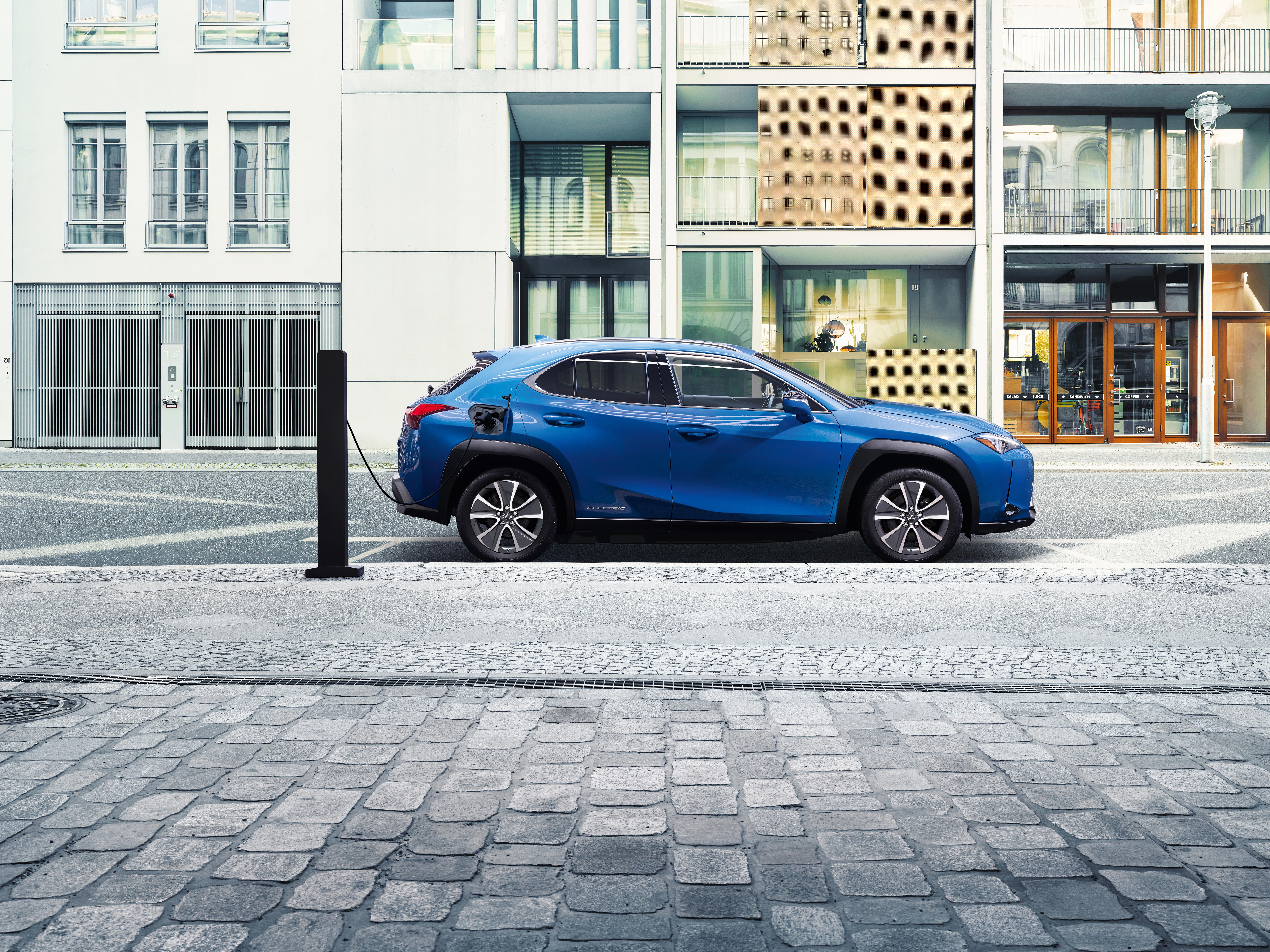
Even luxury brands need sufficient product strength to support premium pricing. For Lexus, which is electrified, the embarrassment of imitating Toyota persists. Especially since Toyota Group’s first pure electric product is only bZ4X, Lexus, Subaru, and Toyota can only make articles on the basis of a vehicle. Lexus needs more powerful technology or features to maintain its own tone.

This article is a translation by ChatGPT of a Chinese report from 42HOW. If you have any questions about it, please email bd@42how.com.
